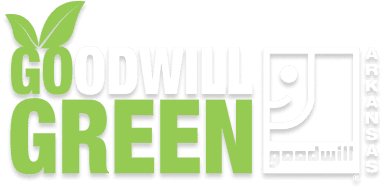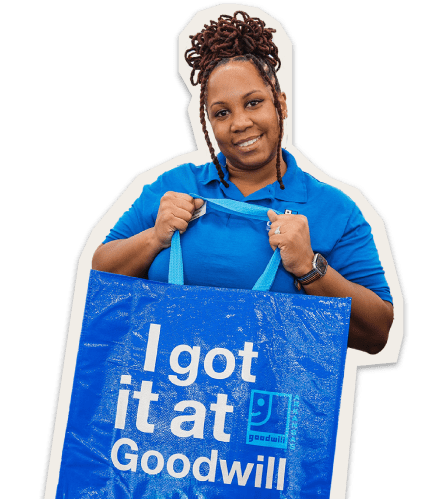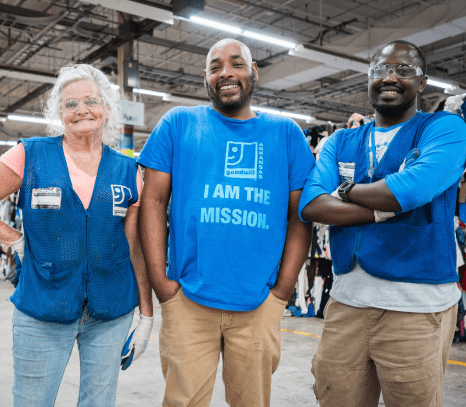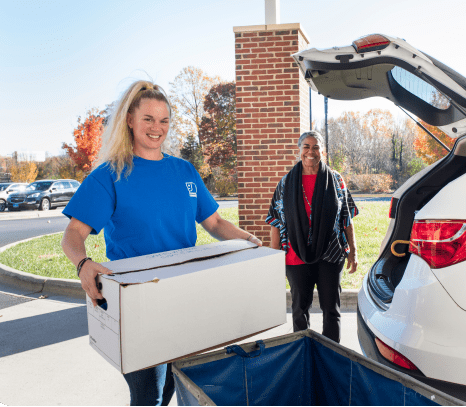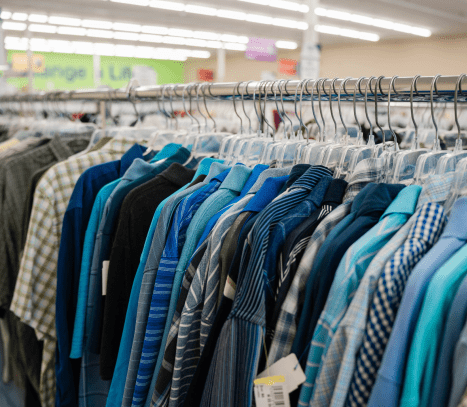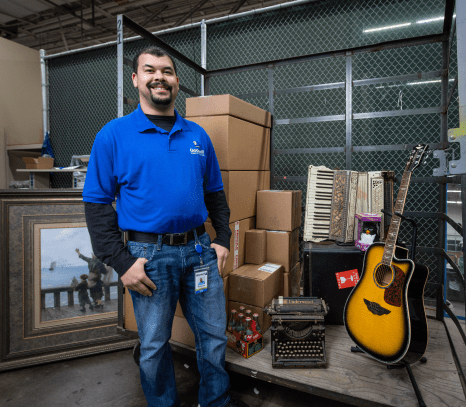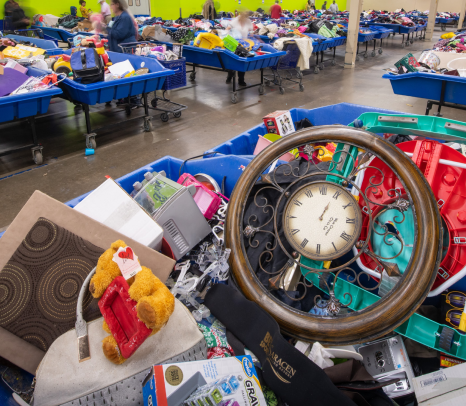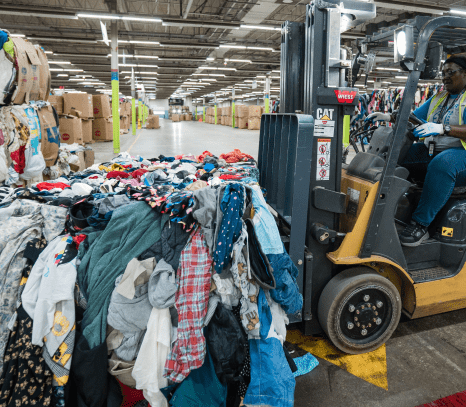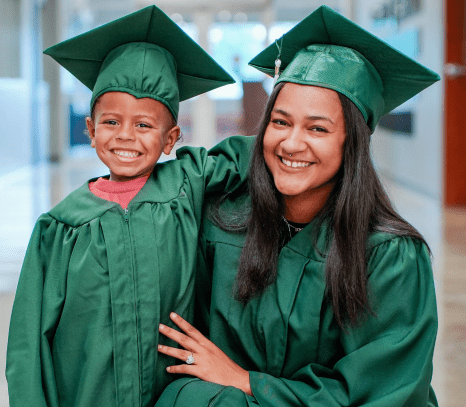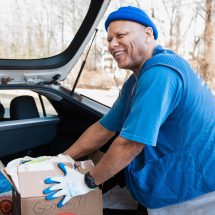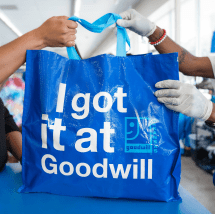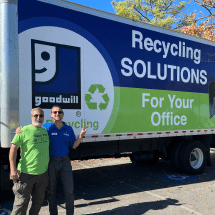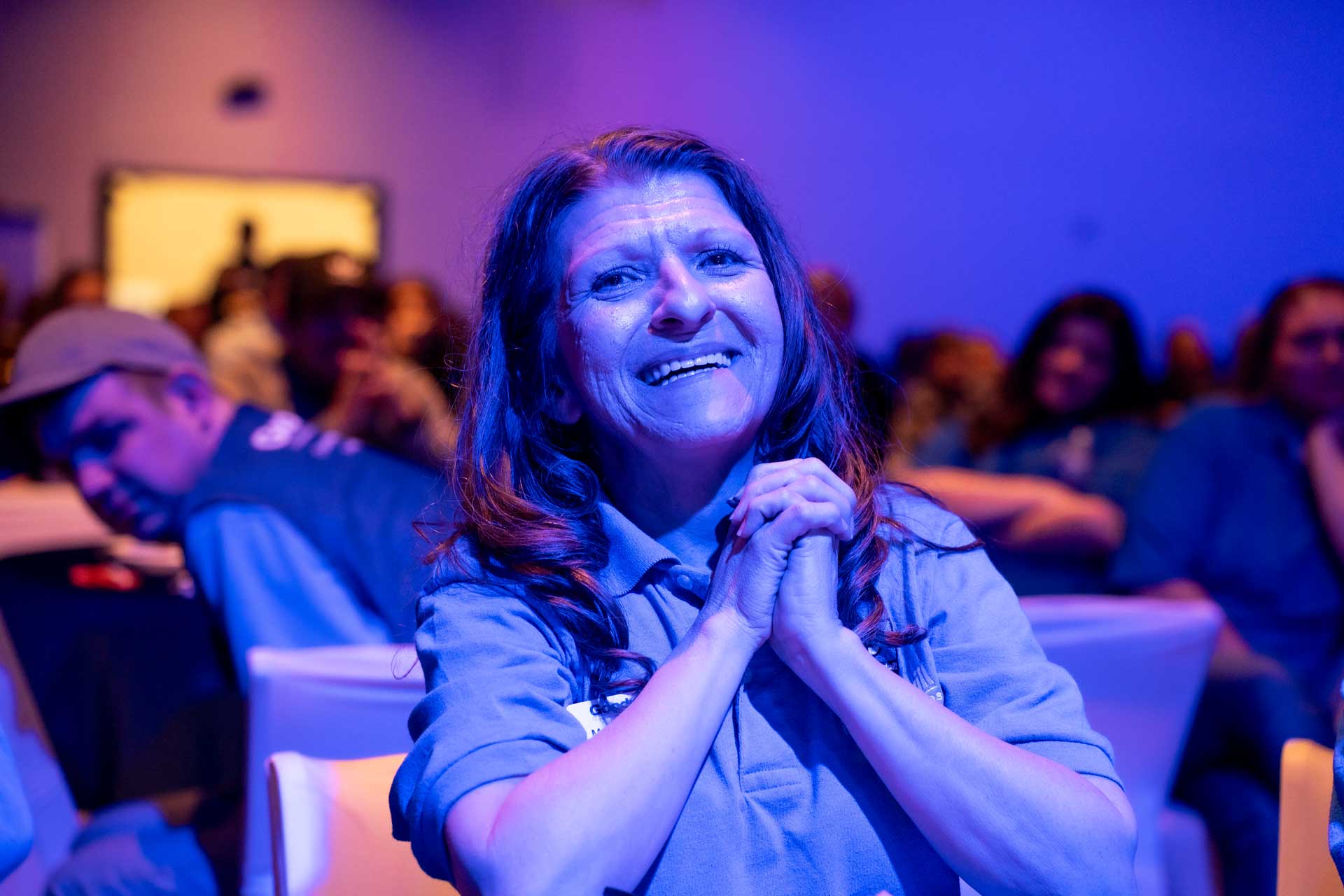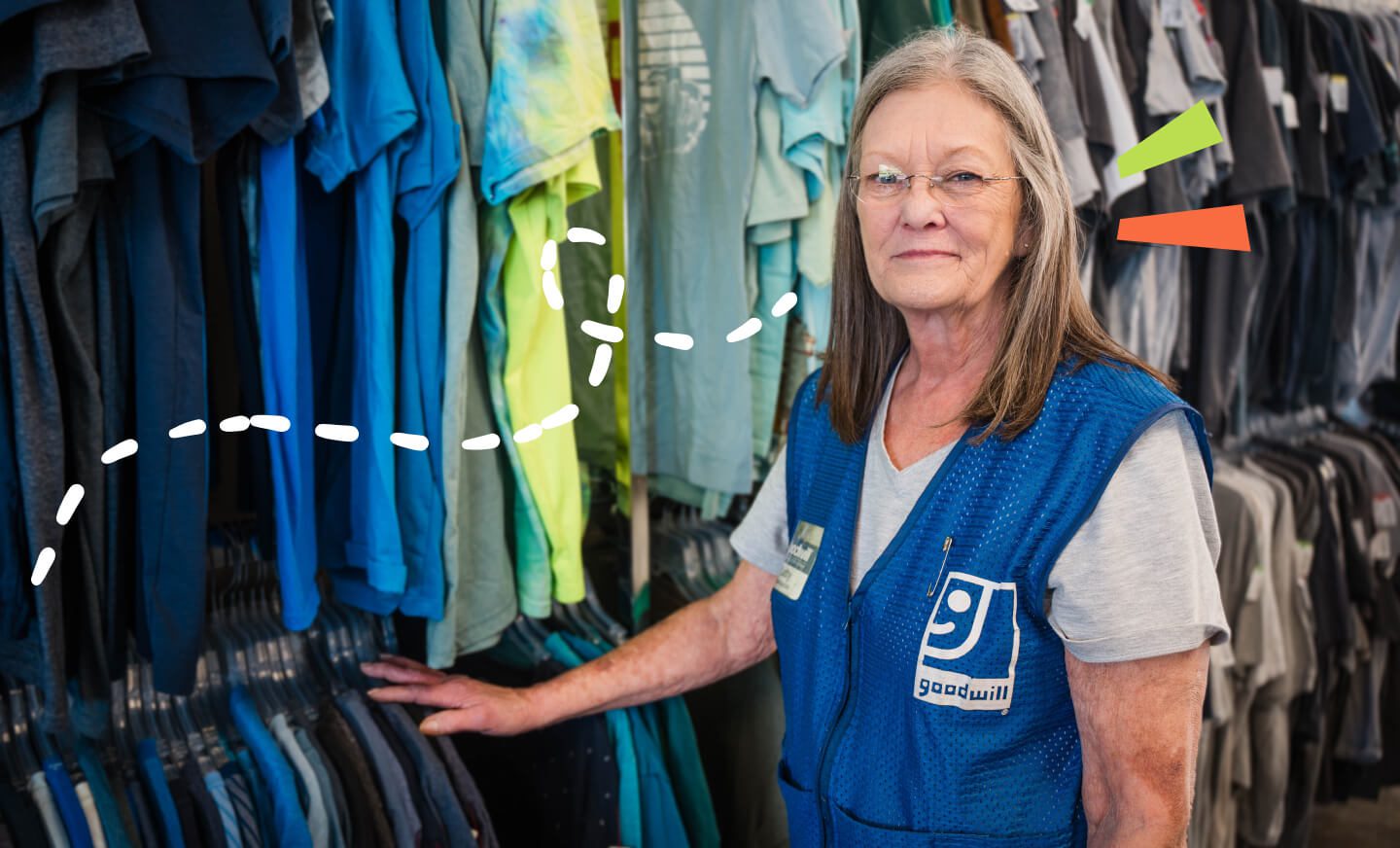Life Cycle of a Donation
Whether you’re making room for a new pair of jeans or replacing an outdated appliance, Goodwill accepts your donations of gently used clothing, household items, furniture, books and toys. Ever wonder what happens to your items after you’ve dropped them off? Or how your donation benefits the community? Look no further.
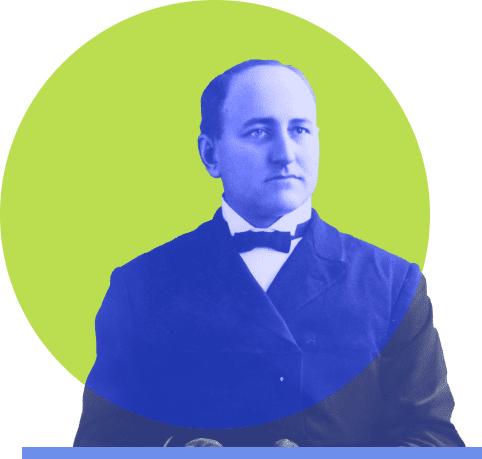
REVEREND EDGAR J. HELMS
Founder of Goodwill Industries
Most people aren’t aware of the fact that Goodwill was founded on sustainability principles. Starting in the late 1890s, Reverend Helms began finding salvageable materials to provide to individuals and families in need. In 1902, when Goodwill Industries was officially born, the focus was still on salvaging materials, but Reverend Helms learned that those he was serving wanted their own sustainable means of making a living.
He began repairing and then reselling the goods collected. In turn, this meant less waste in landfills as well as taking care of the community, creating jobs, and generating profits redirected to the mission.

